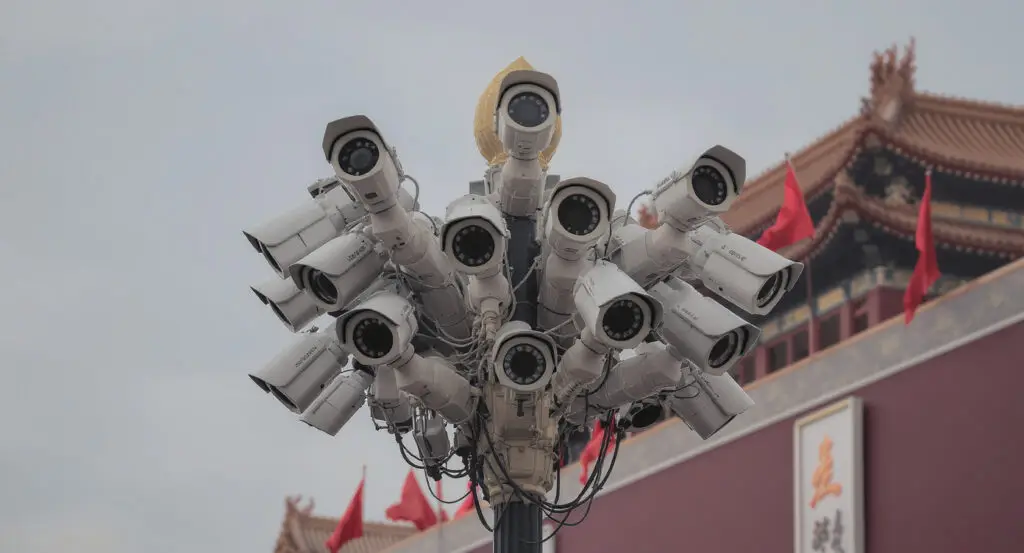Crypto Investor Falls Victim to Inauguration Email Scam
Federal officials have reported a significant cryptocurrency fraud incident where an investor was defrauded of over $250,000 in USDT.ETH. The elaborate scam involved deceptive emails purporting to be from Donald Trump’s 2025 inaugural committee. The fraudster specifically impersonated Steve Witkoff, who was serving as the co-chair of the committee, to solicit funds from the unsuspecting crypto investor, highlighting a sophisticated social engineering tactic that exploited a high-profile public event.
Impersonation and Deceptive Tactics Employed
According to a complaint filed in a federal court in December 2024, prosecutors alleged that scammers sent emails “purporting to be Steve Witkoff.” These fraudulent communications were meticulously designed to trick the victim into believing they were legitimate requests for funds related to the upcoming presidential inauguration. This method of impersonation leveraged a public figure’s association with a credible event to gain the victim’s trust, ultimately leading to the illicit acquisition of a substantial amount of cryptocurrency.
Victim’s Funds Dispersed Across Crypto Addresses
Court documents reveal that the victim transferred over $250,000 worth of USDT.ETH cryptocurrency as instructed by the fraudulent emails. Immediately after the funds were received by the scammers, the cryptocurrency was rapidly distributed across “numerous other cryptocurrency addresses.” This included a Binance account based in Nigeria, which was linked to the name Ehiremen Aigbokhan, indicating a concerted effort to quickly disperse and obscure the stolen assets across various platforms and jurisdictions, complicating recovery efforts for law enforcement.
US Attorney’s Crucial Advice for Crypto Donors
In response to the incident, Washington US Attorney Jeanine Pirro issued a stern warning and vital advice to crypto investors and potential donors. She emphasized, “All donors should double and triple check that they are sending cryptocurrency to their intended recipient. It can be extremely difficult for law enforcement to recoup lost funds due to the extremely complex nature of the blockchain.” This guidance underscores the irreversible nature of blockchain transactions and the inherent challenges faced by law enforcement in recovering stolen digital assets once they are moved.
Law Enforcement Response and Asset Freezes
Following the discovery of the scam, companies and digital currencies linked to the alleged fraud, including Binance and Tether, promptly cooperated with FBI requests later that same month. These entities took swift action by freezing accounts that were identified as holding portions of the stolen funds, demonstrating a crucial collaboration between private industry and law enforcement. Federal prosecutors are now actively pursuing legal avenues to seize approximately $40,000 in cryptocurrency spread across two accounts that remain untouched, aiming to recover additional illicit gains from the perpetrators.
The Business Email Compromise (BEC) Mechanism
Federal officials described the operation as a “business email compromise scam,” a prevalent form of cybercrime. They detailed how the suspect employed a clever deceptive tactic by manipulating email domain names to closely mimic the official “@t47lnaugural.com” address. This was achieved by subtly replacing an uppercase “I” with a lowercase “L” in the domain, a visual trick designed to deceive recipients into believing the emails were legitimate. This sophisticated domain spoofing was key to facilitating the fraudulent requests for funds and bypassing initial security checks.
Legitimate Ventures and Exploited Associations
It is important to note the context that Donald Trump and Steve Witkoff, the individual whose identity was impersonated in the scam, are involved in several legitimate cryptocurrency ventures. Witkoff currently serves as a special Middle East envoy for the administration. Both individuals launched World Liberty Financial alongside their sons last year, a legitimate crypto company. This situation highlights how fraudsters can exploit the public association of prominent figures with legitimate digital asset projects to lend an air of credibility to their illicit schemes, making it harder for victims to discern genuine communications from fraudulent ones.



















